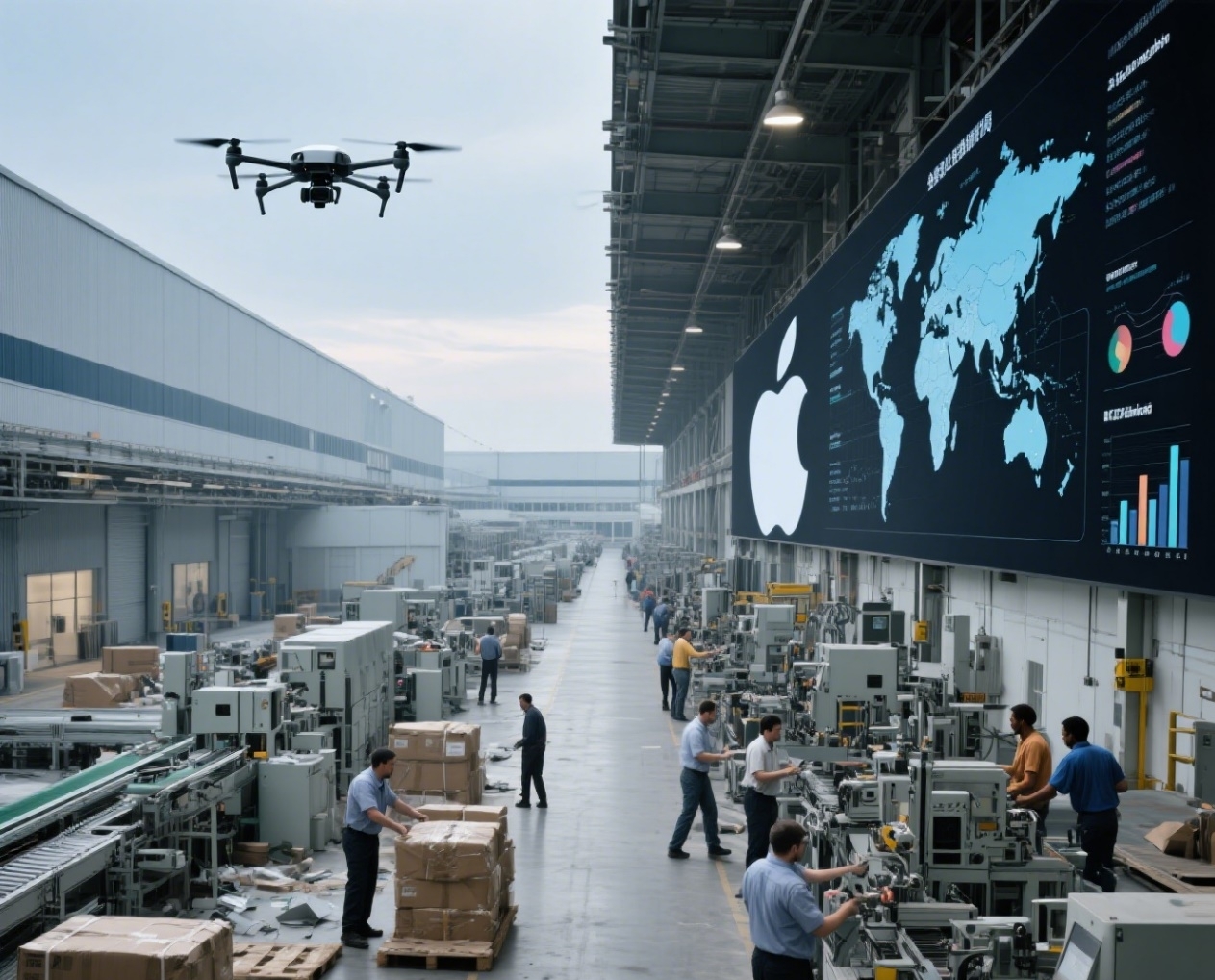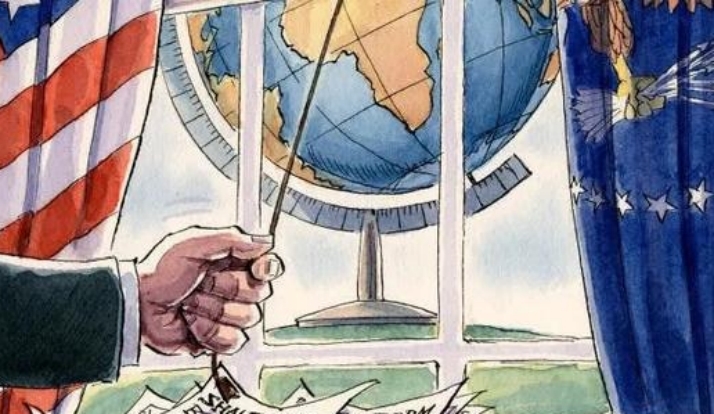
Recently, US President Trump publicly criticized Apple's expansion of production capacity in India, once again pushing the contradiction of global manufacturing supply chain restructuring to the forefront. This supply chain migration triggered by tariff policies is not only related to Apple's business layout, but also reflects the industrial transformation intertwined with great power games, geopolitics, and the rise of emerging economies.
Trump's complaints are not accidental. Starting from April 2025, the threat of the United States imposing at least 25% tariffs on non US made smartphones has forced Apple to accelerate the transfer of its iPhone assembly business for the US market to India. Data shows that in the fiscal year 2025, the production value of iPhones assembled in India reached 22 billion US dollars, a year-on-year increase of 60%, accounting for 20% of global production. Apple even urgently chartered a plane to air transport 1.5 million Indian made iPhones to the United States in order to complete customs clearance before the tariff window closes. Trump has repeatedly called on Apple to relocate its production lines to the United States and even threatened to impose tariffs on Indian products. Behind this contradiction is the strategic intention of the United States to weaken China's manufacturing dominance through tariffs and supply chain restructuring, but the reality is that the cost of manufacturing iPhones domestically in the United States will be more than 10 times that of India. If forcibly transferred, the price of mobile phones may skyrocket from $1000 to $3000.
The Indian government is attracting foreign investment with a $6.7 billion Production Linked Incentive (PLI) program, attempting to build India into a global hub for mobile phone manufacturing. Apple is expanding its factories in Tamil Nadu, Karnataka and other states, while Foxconn is investing heavily in building new factories with plans to produce 25-30 million Apple phones in India by 2025. Samsung also announced the production of its latest Galaxy S25 Edge in India and increased investment in its artificial intelligence research and development center. But behind the prosperity lies multiple challenges. Although India's annual production capacity of mobile phones exceeds 500 million units, the actual output is only about 250 million units, with nearly half of the production capacity idle. Shortcomings in the supply chain severely constrain development: India can only meet 30% of its electronic component demand, and 70% of core components still rely on Chinese supply. For example, the iPhone lens module is directly supplied by a subsidiary of Foxconn, and the battery is sourced from Chinese companies such as Desai in their printing factories. In addition, the yield issue of Indian factories is prominent: Foxconn's Indian factory yield is only 80% of China's, and the yield of iPhone casings produced by Tata Group is even less than 50%. This model of "Chinese technology transfusion for Indian manufacturing" exposes the deep-seated contradictions in the transfer of Apple's supply chain.
The transfer of Apple's supply chain is essentially an extension of the China US technology war at the industry level. The irreplaceability of China's supply chain remains the core support of the global industrial chain: out of Apple's 187 core suppliers, 157 are rooted in China, covering the entire chain from chips to screens. At the same time, regional supply networks are taking shape: Vietnam undertakes 65% of AirPods and 20% of iPad production capacity, India focuses on iPhone assembly, and Malaysia is laying out Mac production lines, forming a new pattern of "Chinese research and development+Southeast Asian manufacturing". This "surface transfer, substance dependence" model actually strengthens China's technological discourse power in the global value chain. For example, Chinese suppliers such as Lite On Precision and BOE have deeply participated in the Indian industrial chain through technology exports and joint ventures, forming a symbiotic pattern of "you in me". The United States attempts to promote the return of manufacturing industry through "friendly shore outsourcing", but the high labor costs and lack of supply chain support make it difficult to achieve this goal in the short term.
Apple's India adventure is not only a forced choice under geopolitical pressure, but also an experimental field for reshaping the resilience of the global industrial chain. In the short term, China will continue to dominate high value-added sectors such as chips and OLED screens, while India will undertake labor-intensive assembly; In the long run, the power structure of the manufacturing industry will evolve towards "multipolarity". Whether India can overcome the 'medium-sized manufacturing trap' depends on its infrastructure improvements (such as electricity supply and logistics efficiency) and the progress of cultivating local supply chains. The industrial projection of the China US game may make Southeast Asia, Mexico and other regions the next destinations for capacity transfer. In this war without gunpowder, the true confidence of Chinese manufacturing lies not in the retention of a certain brand, but in the endogenous driving force of continuous innovation and the resilience of the entire industry chain. When the "Made in India" iPhone was labeled as "Chinese chip", the deep logic of the global industrial chain had already been rewritten.

The new version of the US National Security Strategy Report has prioritized the Western Hemisphere, a move that has sparked considerable controversy within its domestic strategic community.
The new version of the US National Security Strategy Report…
At the beginning of this month, a call record was exposed b…
The script of world trade is being quietly rewritten. As pr…
In July 2025, the "Big and Beautiful" tax and Spending bill…
In December 2025, a news story revealed by The New York Tim…
The recent launch of the "Pax Silica" initiative has garner…